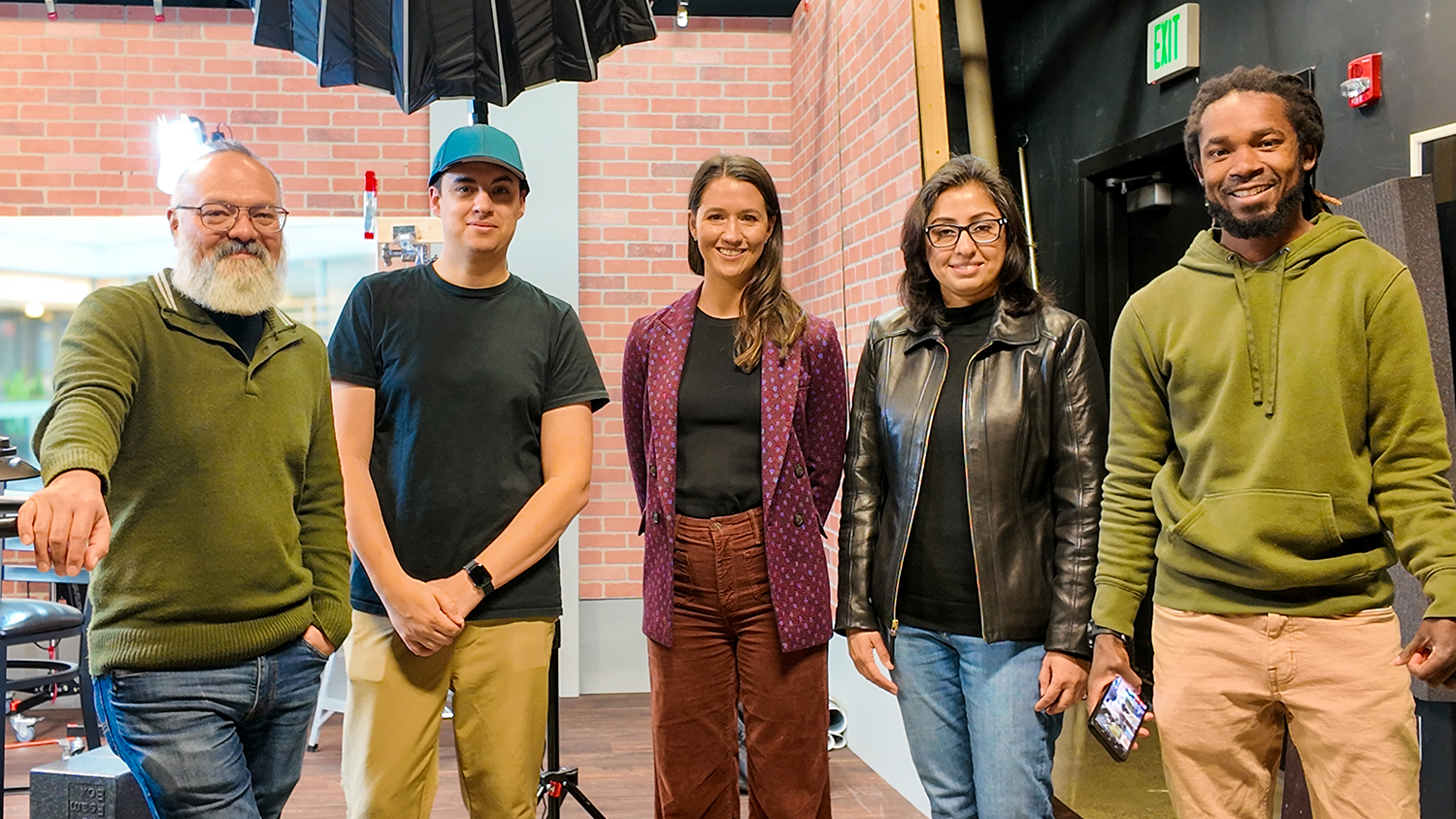DELTA Grant Helps Departmental Faculty Cross-Deliver Content

How does DELTA create course deliverables for three different learning environments? In the Critical Path Course Redesign grant for Introduction to Parks, Recreation and Tourism Management (PRT 152), each deliverable was designed to be consistent but flexible across the online, blended and face-to-face sections.
“Keeping in mind we had faculty teaching with different teaching styles and delivery methods, we had to make something that was easy to deliver across platforms, accessible for students, and engaging,” said Laurie Gyalog, project lead. Gyalog worked alongside Cathi Dunnagan, Yan Shen, Nicole Hazelett, David Tredwell and Steve Bader on this project.
Parks, Recreation and Tourism Management (PRTM) faculty members Kathy Hamilton Gore, Annette Moore, Janell Moretz, and Edwin Lindsay, who also served as a 2015-2017 DELTA Faculty Fellow, aimed to give students a better understanding of the field early in their education, be satisfied with the program and concentration they choose and complete their degrees on schedule. The project also aimed to serve as a recruiting tool for students taking PRT 152 as a general education requirement.
DELTA team members worked with the faculty to develop several modules in Moodle to satisfy each goal of the grant. The modules are intended to help students figure out where they fit in the broad field of PRTM.
Deliverables
At the beginning of the course, students explore their preferences, skills, traits and abilities to understand their strengths and how they align with PRTM’s different programs and concentrations. This module helps students decide early on in their education if their strengths match their intended field of study.
From there, students explore a timeline with historical figures and events that shaped the fields of PRTM, Sport Management and Golf Management across the globe, the U.S. and NC State. The timeline tool allows students to see a visual representation of the historical figure or event with background information and why it’s important, which is tied closely to the learning objectives because students are encouraged to identify with a figure or event to see how it relates to them.
“We chose the timeline tool because it can display a lot of information and images in a very clean, interactive and engaging manner,” said Gyalog.
In each delivery method, the timeline is embedded in Moodle, so students do not have to leave their course space to access the information. The timeline is user- friendly and easy for faculty to keep updated with new events or figures.
Once students have an understanding of the history of PRTM, the next module features career exploration across the public, commercial and nonprofit leisure delivery systems. Gyalog added that any pursuit of PRTM would land a student in one of those sectors.
Students complete a leisure delivery systems quiz and answer various questions about their preferences on a Likert scale. Moodle uses a gamification component to track students’ responses throughout the quiz to see in which sector of PRTM they best fit.
In addition, this module uses the Moodle database to allow students to interact with search filters and compare careers based on their interests, preferred schedules and salary among other preferences. Students can see a variety of careers along with all the requirements associated with the particular job.
After each module, students write reflections for faculty to review and provide feedback. Gyalog noted this piece was important so students were not basing their preferences specifically on what Moodle selected for them. In addition, students take their preference statement again at the end of the course to see if their preferences had changed based on all the information they had learned during the semester.
“After the students have engaged in all the different components of Moodle, they should have a good understanding of where they might fall within the program,” said Gyalog.
Successes
According to Gyalog, while the deliverables need to be completed in chronological order, they can be placed anywhere that makes sense within the existing course. It does not have to be back to back or within the same place across each delivery method. The deliverables are consistent but flexible, so a faculty member can determine where it makes the most sense for the way they teach.
Also adding to consistency, the content features contributions from subject matter experts from across the PRTM department, so regardless of a student’s instructor for PRT 152, they are receiving the same expertise. “It breaks down the disparities between different professors being in different areas of focus,” said Gyalog.
“We were careful about content because we wanted the faculty to be able to introduce each module as it fit within their curriculum and teaching style, but in turn, also be detailed enough that those receiving the course online had enough context to succeed,” Gyalog added.
In addition, the faculty engagement and interaction in the written reflections was a key part of the course, especially for online delivery.
After completing PRT 152 either online, face-to-face or blended, Gyalog said students will hopefully better understand the broad connections and interweavings of the program, understand themselves better and discover where they fit within the broad PRTM program early on in their academic careers.


